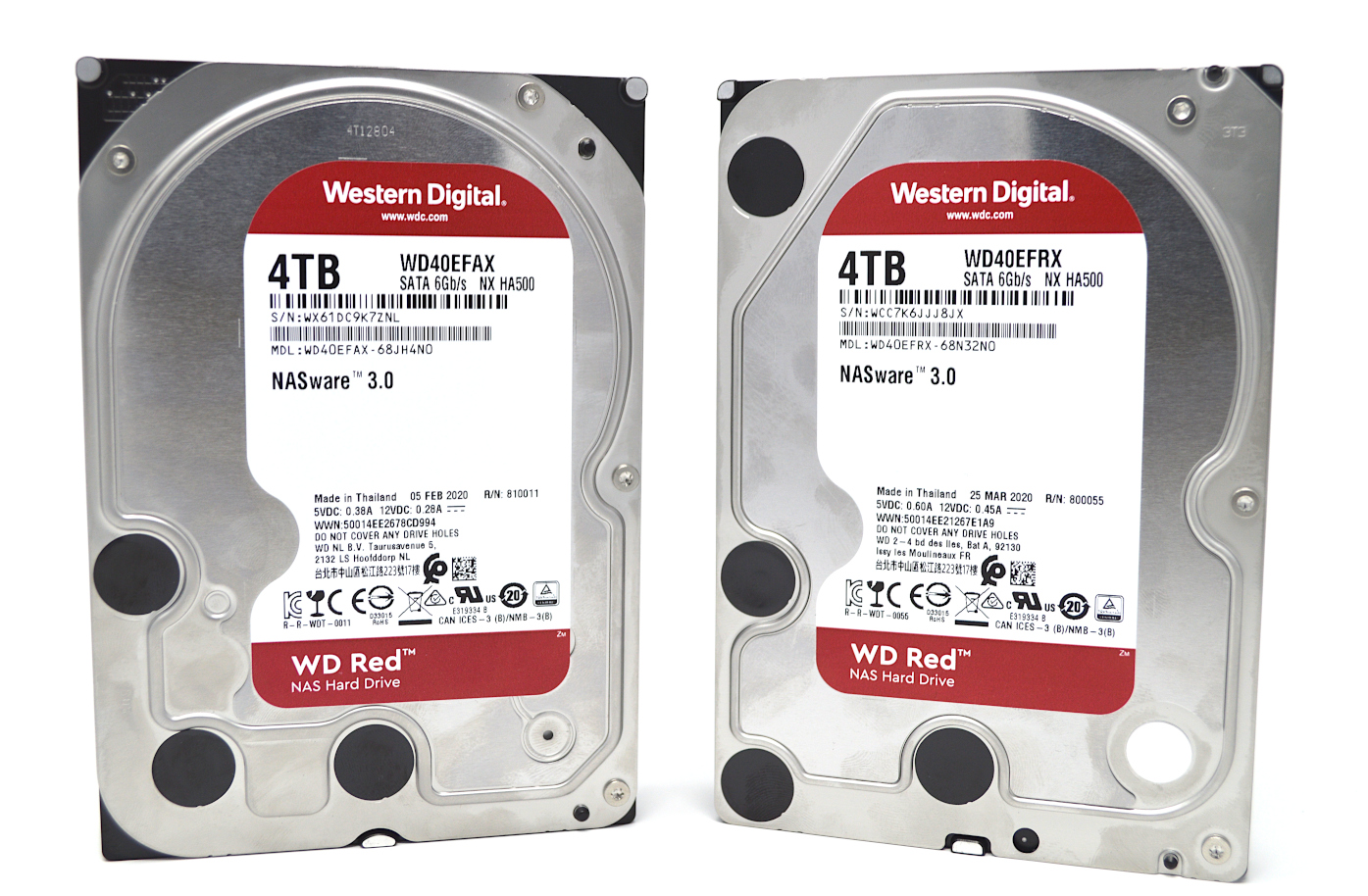SouthernYankee
IPCT Contributor
Why is disk 1 the C drive. It is my understanding that disk 0 should be the C drive.
Did you do a complete clean install of windows from the Microsoft media creation tool.
I would recommend starting over.
unistall and deregister BI.
format the video hard drive.
make sure the connectors are corrent for the hard drives, connector 0 is to the SSD.
Do a clean install of windows.
install and register BI on the C drive
create the correct folders on the Video drive, it should be drive 1 and Drive D:
define each of the cameras, DO NOT IMPORT the camera data from your previous install.
Did you do a complete clean install of windows from the Microsoft media creation tool.
I would recommend starting over.
unistall and deregister BI.
format the video hard drive.
make sure the connectors are corrent for the hard drives, connector 0 is to the SSD.
Do a clean install of windows.
install and register BI on the C drive
create the correct folders on the Video drive, it should be drive 1 and Drive D:
define each of the cameras, DO NOT IMPORT the camera data from your previous install.







